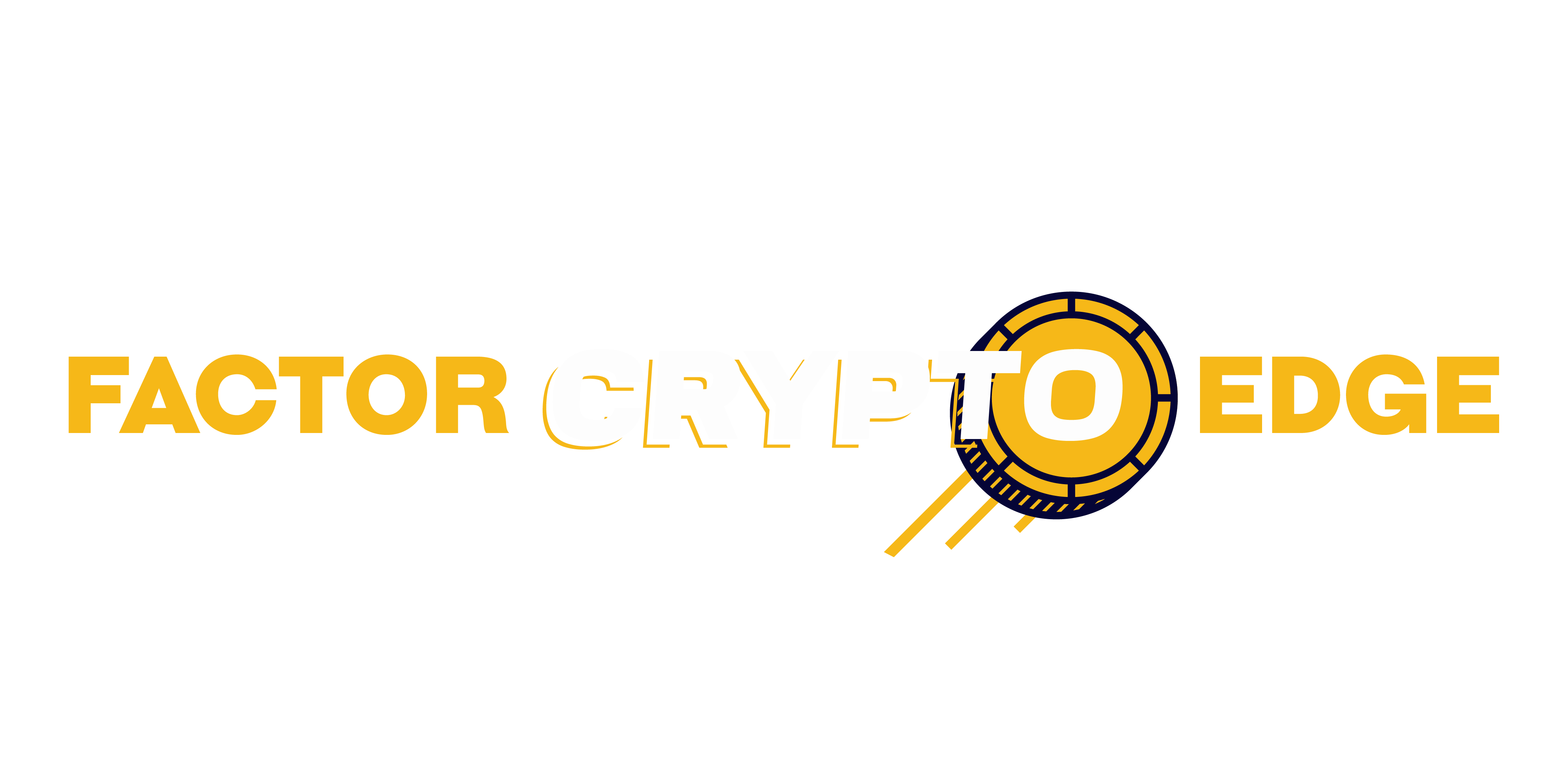Introduction: Why Tools Make the Difference
Crypto trading isn’t about crossing your fingers and hoping for moonshots anymore. The days of getting lucky on hype alone are thinning out. What separates consistent traders from gamblers comes down to strategy—and strategy needs support.
Smart traders don’t try to outguess the market on gut feeling. They stack tools that sharpen decision-making, cut through noise, and give real-time clarity. Whether it’s pinpointing a breakout on a chart or setting up a stop-loss before bed, the right setup lets you act, not just react.
It’s also about reducing chaos. When markets move fast, clarity gets foggy. That’s where tools shine: they bring structure to the madness. With the right gear dialed in, you’re not scrambling—you’re operating. And in 2024, operating with discipline isn’t optional, it’s foundational.
Tool 1: Crypto Charting & Analysis Platforms
If you’re flying blind in crypto, you’re already behind. Solid charting tools aren’t optional—they’re the cockpit instruments in a high-speed market. At minimum, look for platforms offering real-time data, a wide library of technical indicators, and customizable overlays. These features let you spot trends, map support/resistance, and build trade scenarios before the money moves.
TradingView leads the pack for good reason: sleek UI, deep scripting options, and strong community features. Coinigy packs in multiple exchange integrations, while CryptoWatch is appreciated for its clean interface and live data streams. All three are solid, depending on how granular you want to get.
What matters is how you use them. Technical analysis isn’t magic—it’s pattern recognition under pressure. Know your moving averages. Track RSI and MACD. Set alerts, draw trendlines, and always have an exit plan. These tools don’t guarantee wins, but they increase your chances of making calculated, not emotional, moves.
Bonus resource: Technical Analysis 101 – A Beginner’s Guide
Tool 2: Portfolio Trackers
If you’re trading across multiple crypto exchanges, flying blind isn’t an option. Portfolio trackers let you see everything in one view—assets, gains, losses, and the random coin you forgot you bought at 2 a.m. Keeping tabs on your performance in real time helps you make sharper calls and avoid emotional decisions.
Apps like CoinStats, Delta, and Blockfolio (now FTX) sync with most major exchanges and wallets. No need for spreadsheets or daily logins to ten different accounts. They offer customizable dashboards, price alerts, and historical performance tracking.
More than just tracking PnL, these tools simplify tax season. Many now generate exportable tax reports and monitor your realized vs. unrealized gains. That’s not only helpful—it’s non-negotiable if you’re trading in size or across borders.
Using portfolio trackers won’t make you rich. But they will make you precise. And in crypto, that’s often the difference.
Tool 3: Crypto News Aggregators & Alerts
In crypto, the news hits fast—and the market reacts faster. One headline can send prices soaring or tanking in minutes. Staying ahead of that curve isn’t optional. It’s survival.
The challenge is separating signal from noise. Every Twitter thread, Discord call, and YouTube thumbnail screams for your attention. Most of it is fluff. What you need are verified sources and bulletproof alert systems to keep you in the know, without burning you out.
Start with tools built to filter and surface only what matters. CryptoPanic is a top-tier news aggregator—it pulls updates from credible sources, includes sentiment tagging, and lets you customize filters. CoinMarketCal keeps you posted on upcoming events like token unlocks, hard forks, and exchange listings, all of which can move markets faster than most traders can react.
If you’re active on X (formerly Twitter), setting up TweetDeck with keyword columns for your key projects or influencers lets you track sentiment in real time. Add in mobile notifications and you’ll never miss a beat—unless you want to.
Used right, these tools deliver intel before everyone else catches on. That edge is where real opportunities live.
Tool 4: On-Chain Analytics Platforms
If you’re serious about crypto trading, you can’t just stare at charts and price action. You need to know what’s happening under the hood. That’s where on-chain analytics come in. These tools give you a view into the blockchain itself—real-time data on what wallets are doing, how money is moving, and what big players (aka whales) might be planning.
Platforms like Glassnode, Nansen, and Santiment are built for this. They track wallet behavior, token flows, exchange reserves, and even network sentiment. Want to know if a whale just moved $10 million worth of ETH to Binance? Or if retail investors are piling into a small-cap token? On-chain tools make that data visible—often before the price reacts.
On-chain insights are also powerful early warning signs. A spike in stablecoin inflows may signal buying power pooling up. A sharp drop in active addresses could warn of market fatigue. These signals give traders an edge—but only if they’re watching. The data’s out there. The question is whether you’re using it.
Tool 5: Risk Management and Automation
Risk management isn’t optional. It’s the spine of any serious trading strategy. If you’re not setting stop-loss and take-profit levels, you’re not trading—you’re gambling. Trailing stops have also earned their spot in the toolbox. They lock in profits while giving your trades room to breathe in uncertain markets. Smart traders use them to stay in the game while protecting their capital.
On the automation side, tools like 3Commas and Pionex let you set up bots that execute your instructions even while you sleep. It sounds slick—and it is—but automation only works if the strategy behind it is solid. Bad logic automated at scale just loses money faster.
So here’s the rule: don’t automate stupidity. Before you spin up a grid bot or DCA script, know your goals, your risk tolerance, and your market conditions. Automation should amplify an already smart plan—not replace one.
Risk is everywhere in crypto. But with disciplined stops, sharp strategies, and the right automation tools, you don’t have to trade blind.
Tool 6: Secure Wallets and Authentication
Keeping your crypto secure isn’t just about avoiding hacks—it’s about having a clear system for access, storage, and protection. As the market matures, so do the methods used by bad actors. That’s why understanding the tools of self-custody and digital security is critical for every trader.
Cold Wallets vs. Hot Wallets
Choosing between cold and hot wallets depends heavily on how often you trade and your risk tolerance.
- Hot wallets are connected to the internet and ideal for active trading. Examples include browser extensions like MetaMask or exchange-based wallets.
- Cold wallets stay offline, making them much safer for long-term holdings. These include hardware wallets and paper wallets.
When to use each:
- Use hot wallets for daily transactions, staking, and swapping.
- Use cold wallets for storing large amounts or long-term assets you don’t need quick access to.
Trusted Hardware Wallets
Hardware wallets are physical devices that store your private keys offline. They offer an extra layer of security without losing convenience.
Top hardware wallet options include:
- Trezor – Easy to use and beginner-friendly
- Ledger – Highly secure with support for a wide range of assets
Both of these wallets allow secure signing of transactions while keeping keys offline and safe from phishing or malware attacks.
2FA, Passphrases, and Rookie Mistakes
Even with the best tools, weak habits can open up major vulnerabilities. Build a full security stack by combining multiple layers of protection:
- Two-Factor Authentication (2FA): Always enable 2FA for exchanges and wallets using an authenticator app—not SMS.
- Strong, unique passwords: Use a secure password manager and never reuse login credentials.
- Passphrases: Add an extra word or phrase on top of your recovery seed (where supported).
Avoid these common mistakes:
- Storing seed phrases in the cloud or in screenshots
- Leaving funds on exchanges
- Using public Wi-Fi to access your wallets
Taking the time to set up proper storage and authentication can mean the difference between long-term success and sudden loss.
Final Thoughts: Stack Smart, Trade Smarter
At the end of the day, tools are just that—tools. They’re useful, but they can’t save you from poor judgment or lack of preparation. No platform, bot, or indicator will make up for skipping the basics. Education and experience still carry the weight.
Use tools to dial back impulsive reactions, not to shut off critical thinking. A stop-loss tool won’t help if you’re chasing hype. A charting platform is worthless if you can’t read a trend. Smart traders use tech to free their minds—not replace them.
Markets evolve fast. What gave you an edge six months ago might not land you a win today. That’s why the competitive edge belongs to those who keep learning and adapting. If you want to stay in the game, stay humble—and stay hungry.


 Melissa Rooneyesters has been instrumental in the growth of Factor Crypto Edge through her dedication to editorial quality and community engagement. By refining content and fostering meaningful connections with readers, she has helped strengthen the platform’s reputation as a go-to hub for crypto enthusiasts and professionals alike.
Melissa Rooneyesters has been instrumental in the growth of Factor Crypto Edge through her dedication to editorial quality and community engagement. By refining content and fostering meaningful connections with readers, she has helped strengthen the platform’s reputation as a go-to hub for crypto enthusiasts and professionals alike.